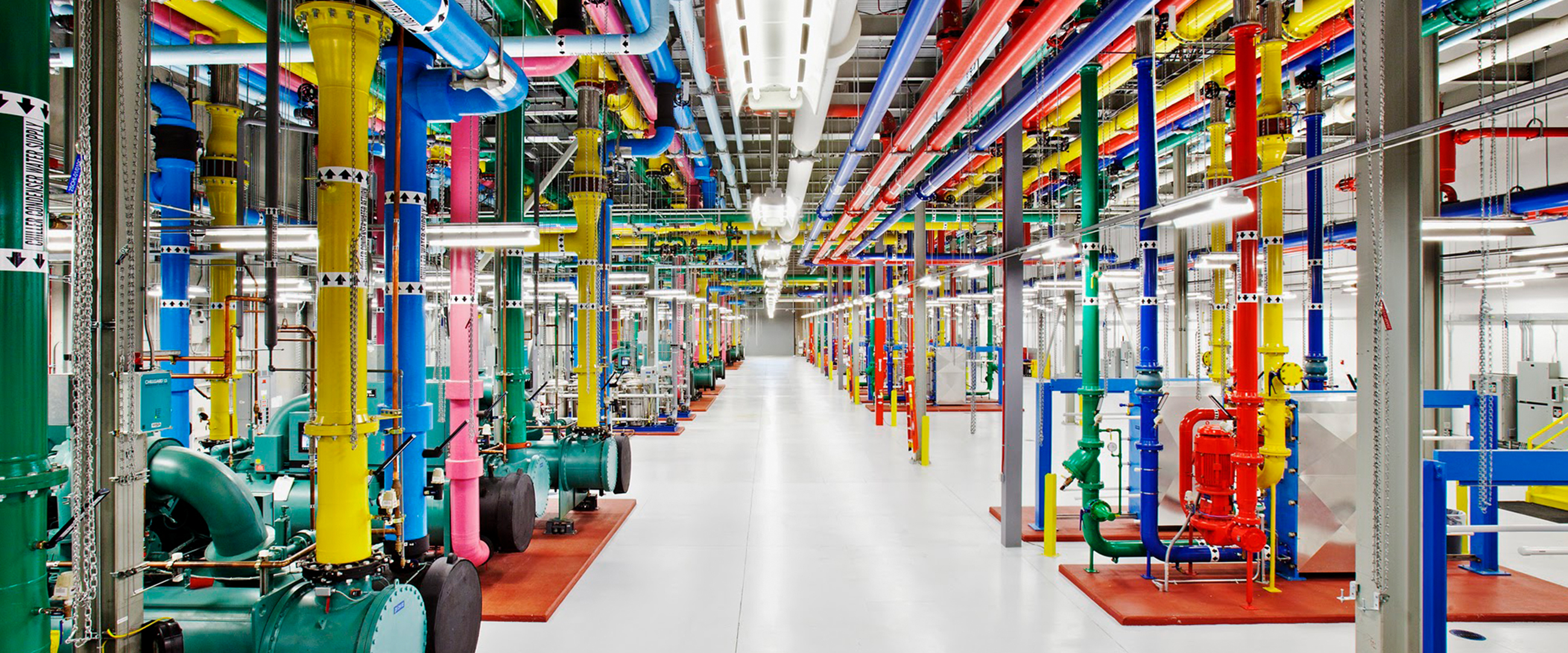Setting a course to the future of cloud computing

Quentin Hardy
Head of Editorial, Google Cloud
Good technologies solve problems. Great ones deliver new ways to think about ourselves and the future.
Think of the rich worlds seen through the telescope and the microscope, or space explorations that have broadened the sense of our place in creation. There is that “bicycle for the mind,” as Steve Jobs called the personal computer. Romance, entertainment, and personal needs have been transformed by online life. In every case, the attributes of the machines fire and empower human imagination.
Cloud computing is another one of these great technologies. Today, we’re pleased to publish The Future of Cloud Computing, a look at some of the ways that the tools and attributes of cloud computing are transforming work, business, and markets.
Cloud computing, which has become a standard at many of the world’s largest companies, is much more than just a cheaper and easier way to access computers, storage, networks and software. The power and ubiquity of the cloud mean easy two-way interactions of data and analysis from virtually any point on the planet. Software innovations enable companies to work at a scale we could not have imagined even a decade ago.
The defaults of this computing architecture, particularly in public clouds like Google Cloud, are choice, flexibility, responsiveness, and a strong analytic capability. It’s notable that these are the same values that increasingly drive organizations, in everything from distributed teams, on-demand collaboration, and real-time customer service and product upgrades.
To take one example: large-scale clouds like Google Cloud, and smaller private clouds inside companies, increasingly use management software like Kubernetes and Istio, which seek to observe and manage lots of workloads, moving them efficiently through lots of computing hardware in the most standardized and automated way possible.
On one level, this is simply technology at its best, getting hassles out of the way so people can do more creative work. It’s no accident, though, that both products are open source, a transparent, collaborative, and high-velocity way of working that has come into its own in the cloud era.
Other examples draw on existing trends. In global manufacturing, the collaboration of outsourcing, partnering, subcontracting, and alliances is supercharged by the cloud. The transformation of our workspaces, with expensive closed-door offices giving way to cubicles, then open-plan offices and telecommuting, can be effected in new and better ways when both work products and communications tools reside in the cloud, accessible anywhere.
Mobility and the Internet of Things mean all kinds of sensors are capturing data, and products are better connected to the cloud, responding appropriately to new information. There are better forms of security and privacy protection. These are borderless values, designed for protection within the contexts of an overall systems, and not weaker localized computers.
There’s much more in the report, and I hope you check it out.
Where is this taking us? Our world has challenges and opportunities, but we have eliminated a few fatal diseases, educated people around the world with cloud-based remote learning, and look at videos from Mars. It’s possible to be quite an optimist, too.
In that spirit, cloud computing is about discovering more of life, reacting to it, and building on our discoveries faster and better. It’s about making more dreams real.
Click here to download the full report.

